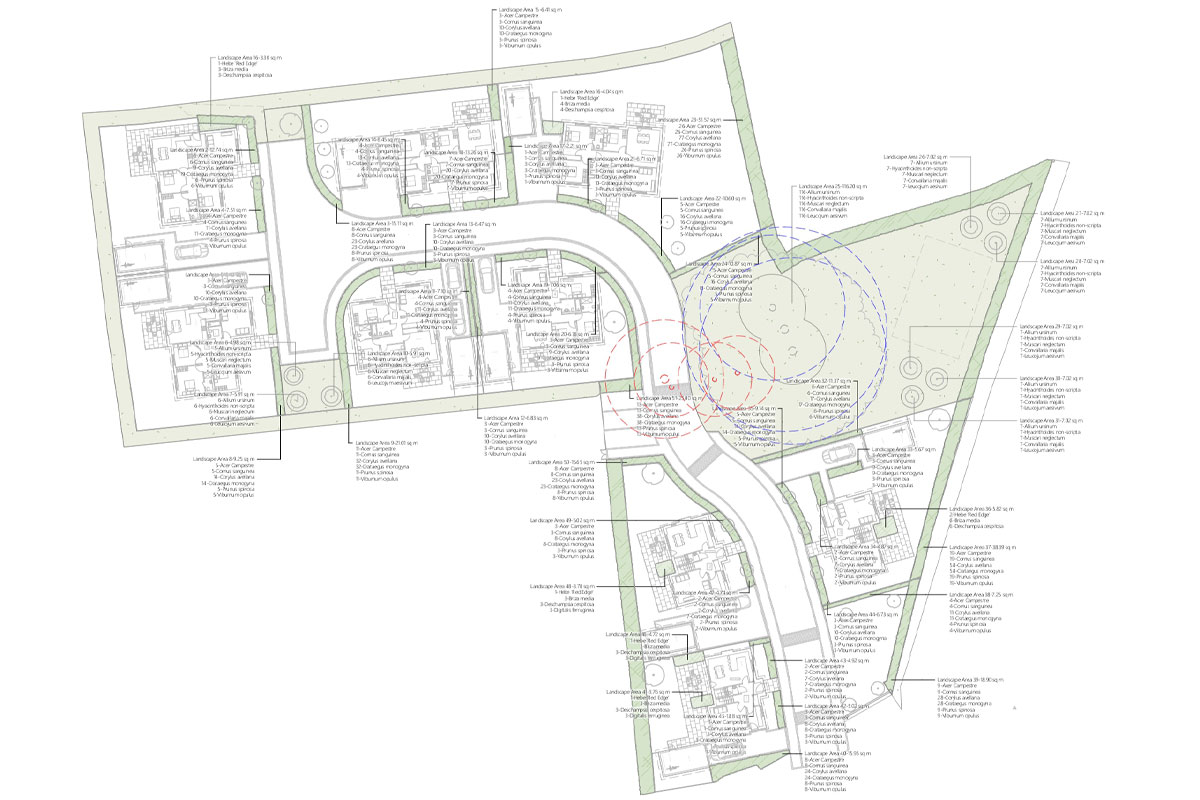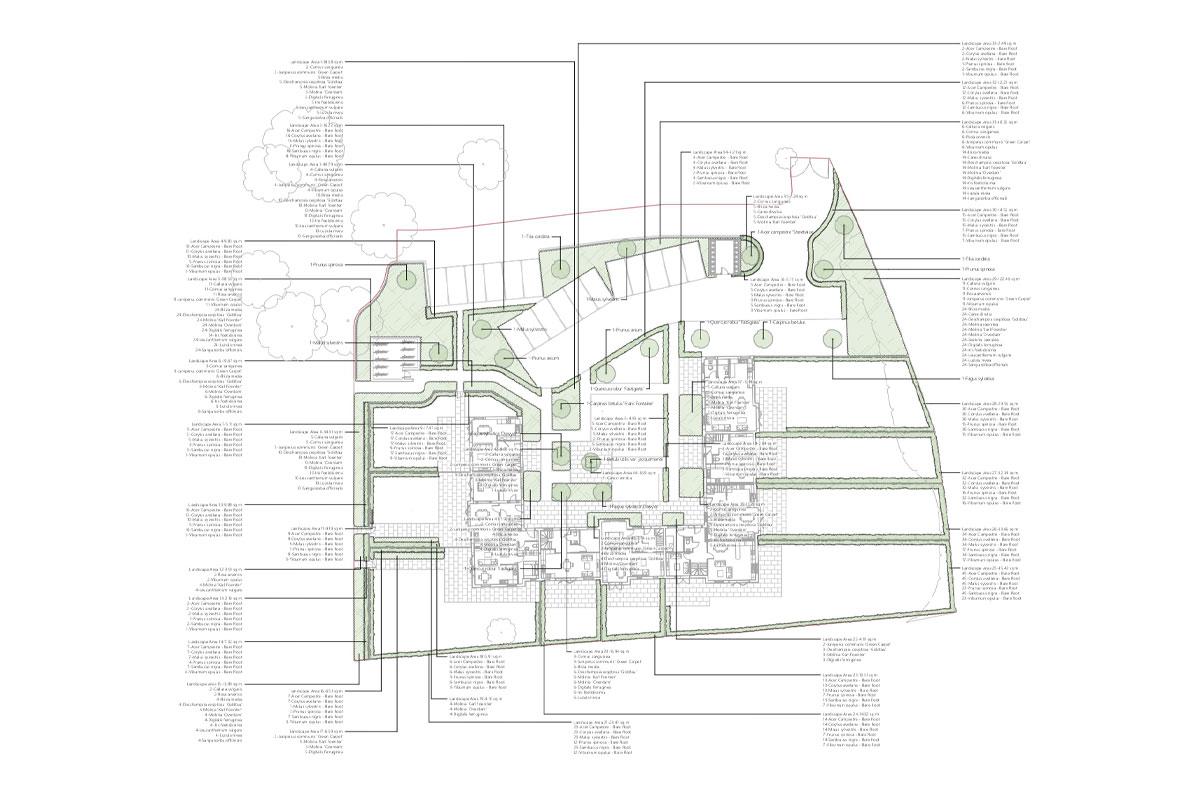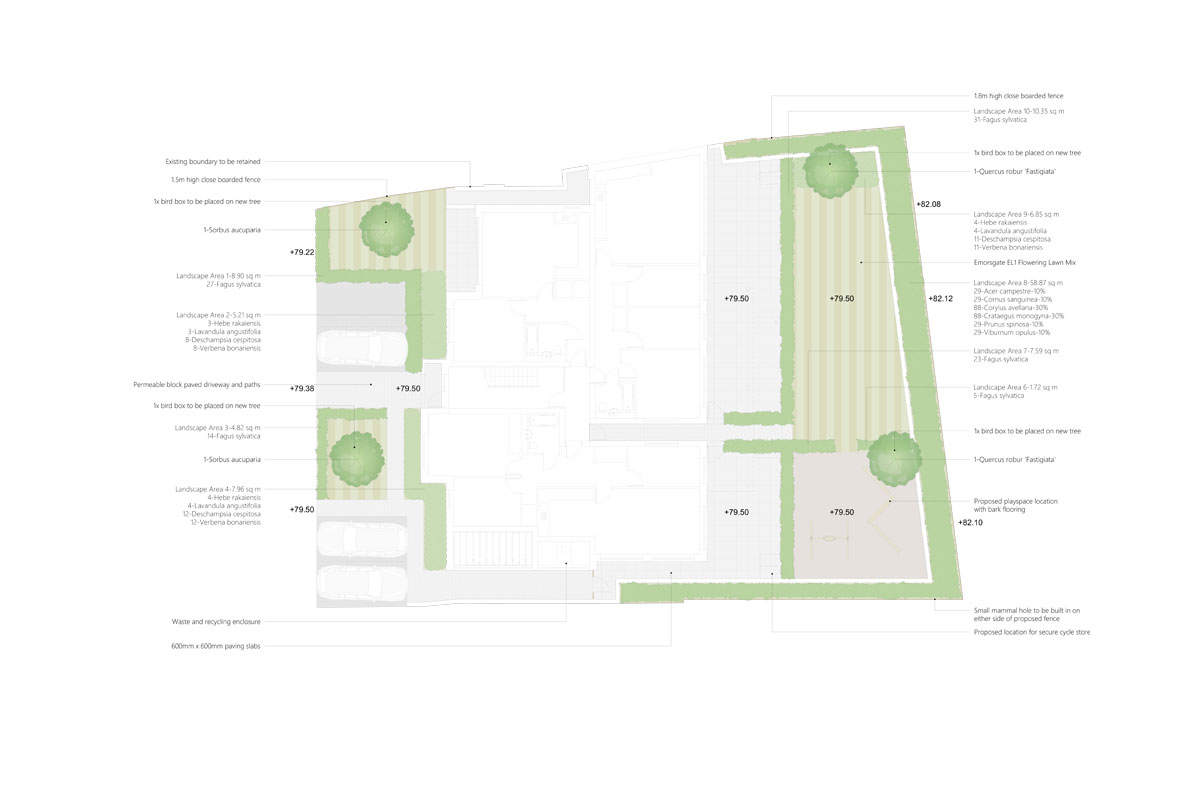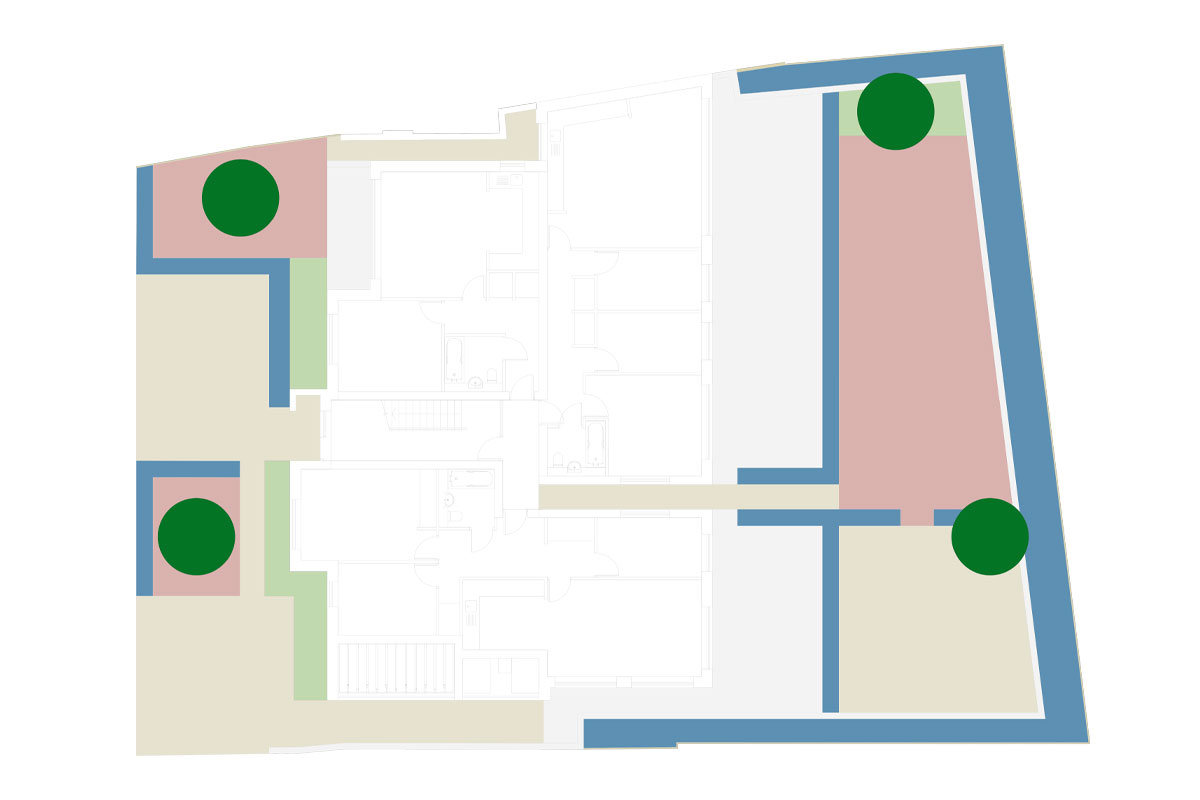As part of the 2021 Environmental Act, each submission for a new development whether it is one or 300 homes will be required to hit a target of 10% biodiversity net gain, some councils have opted to increase this target to 20%. Currently councils in Dorset and Hampshire are requesting a target of 10%. The legislation is in place to ensure that the existing habitats for wildlife are in a better state than they were before the proposed development.
However, there is a delay in implementing a biodiversity net gain for small sites which has been designed to lessen the initial burden and allow a longer period for developers and local planning authorities to adapt and prepare for the high volume for smaller applications.
Small sites are considered as;
For residential: where the number of dwellings to be provided is between one and nine inclusive on a site having an area of less than one hectare, or where the number of dwellings to be provided is not known, a site area of less than 0.5 hectares.
For non-residential: where the floor space to be created is less than 1,000 square metres or where the site area is less than one hectare.
The 10% net gain is measured by the DEFRA Biodiversity Metric which has been produced by the Secretary of State. However, there are some occasions when not all of this can be achieved on site. There is an option where you can agree with the planning authority to an offsite compensation. This is where the compensation will be used on a designated green space to develop the habitat and biodiversity further.
This legislation will apply to those that are a land manager, developer, or a local planning authority.






